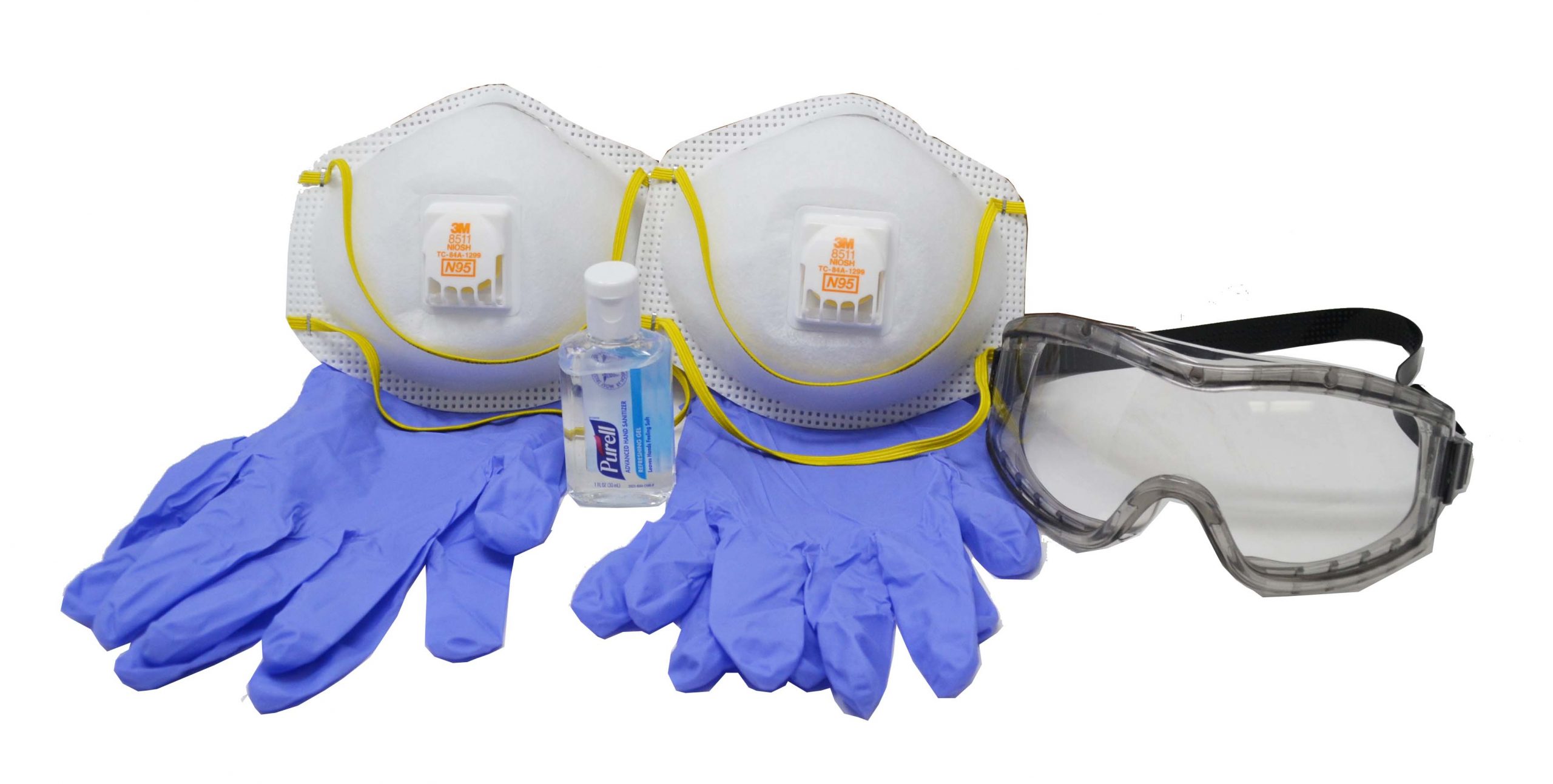Cleaning and disinfection practices on Ships in COVID-19 case
As vital as the Maritime industry is to the world and its people, equally important is the work of the brave seafarers who perform one of the toughest jobs in the world by running those massive ships through the roughest seas and riskiest areas. INTLREG is concerned with health, safety and well-being of seafarers across the globe. To all our Seafarers who are still making sure all our vessels make it to their destinations, please read below to make sure that you are taking the precautions and are safe.
Maintaining good hygiene onboard plays a major role against all seaborne diseases. Given the recent Coronavirus outbreak, crew members onboard more than ever need to be aware of the key practices for their safety and protection; routine cleaning, proper disinfection practices and appropriate treatment of waste produced from the COVID-19 are among those practices that can play an essential role in minimising the spread of the virus in case a suspected case of COVID-19 is found onboard.
Key tips for cleaning and disinfecting
In case of coronavirus emergency, it is advisable to clean all areas but apply disinfectant ONLY on surfaces/items with direct contact with person having presented COVID-19 symptoms, especially the areas which may have been occupied by the person etc. Do not use disinfection to the areas which are not relevant to potential transmission, such as floor, carpet, walls, etc.
Clean the hard, non-porous surface first with detergent and water, and then apply disinfectants according to the product instructions. Ensure correct concentrations and sufficient contact time for effective disinfection. Carefully remove porous materials, where possible, such as upholstery, rugs, and carpeting that have been in contact with the suspect case. Launder in accordance with the product instructions or dispose of the materials as described below.
Waste disposal containers in the area, where a person presenting COVID-19 symptoms has been in direct contact with surfaces/items and may be possibly contaminated, should be emptied prior to starting surface cleaning and disinfection. Waste disposal containers located in contaminated areas should be emptied by persons wearing PPE.
Key requirements for crew members in charge
Crew or personnel on board in charge of cleaning and disinfection should:
- Have knowledge of how to prepare correct dilutions and the contact time for the disinfectant being used
- Limit hand contact with the face, especially the nose and eyes
- Use PPE (disposable gloves, mask, gown) to be protected from direct contact with chemicals and against direct contact with secretions/blood/body fluids.
- Change PPE frequently, especially if they become damaged during cleaning and disinfection
- Use eye protection apparatus, if splashing is expected, prior to entering the contaminated areas
- Use additional barriers (e.g., leg covers, shoe covers) as needed
- If reusable heavy-duty gloves are used for cleaning and disinfecting, they should be properly disinfected after use
- Be familiarised with the appropriate disposal of contaminated PPE
- Used PPE should be disposed of in plastic bags, tied up, and labelled with a biohazard symbol. Do not shake the PPE while handling to prevent producing aerosols
- Hands must be washed using soap and warm water for a sufficient period of time (20 to 30 seconds) to remove any infectious material.
Moreover, all used PPE and all soiled items (used tissues, disposable masks, tubing, linen, pillows, blankets, mattresses not covered with an impermeable plastic covering, etc.) in the contaminated areas, should be treated as Bio hazardous waste (classified as Category A infectious waste UN 2814 for transportation) and stored in an impermeable plastic bag labelled biohazard. The bag should be tied up, not reopened and disposed according to the protocol of the ship for clinical waste. If incinerator is available on board, then waste must be incinerated. If waste must be delivered ashore, then special precautions are needed and the port authority should be informed before waste delivery.

